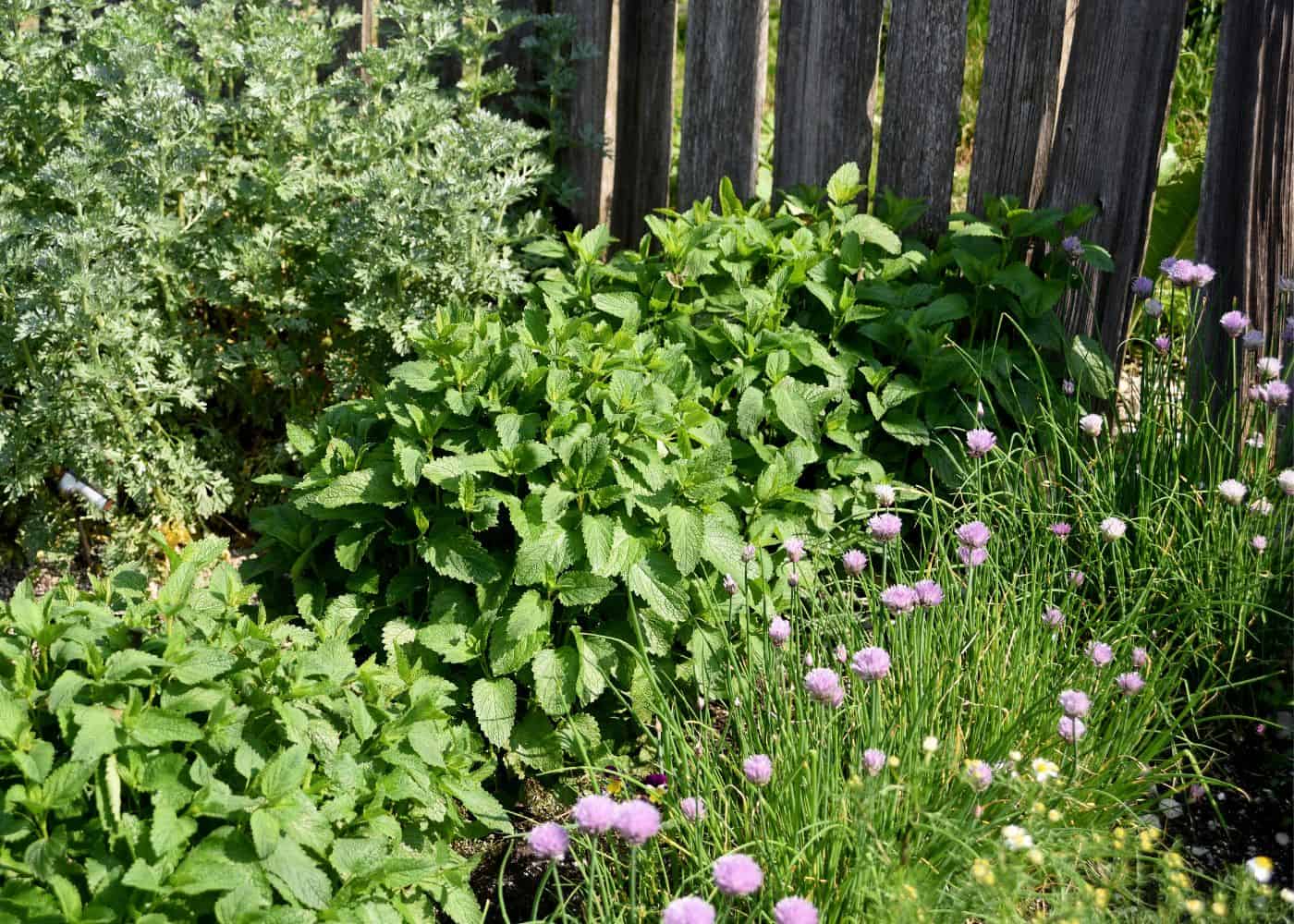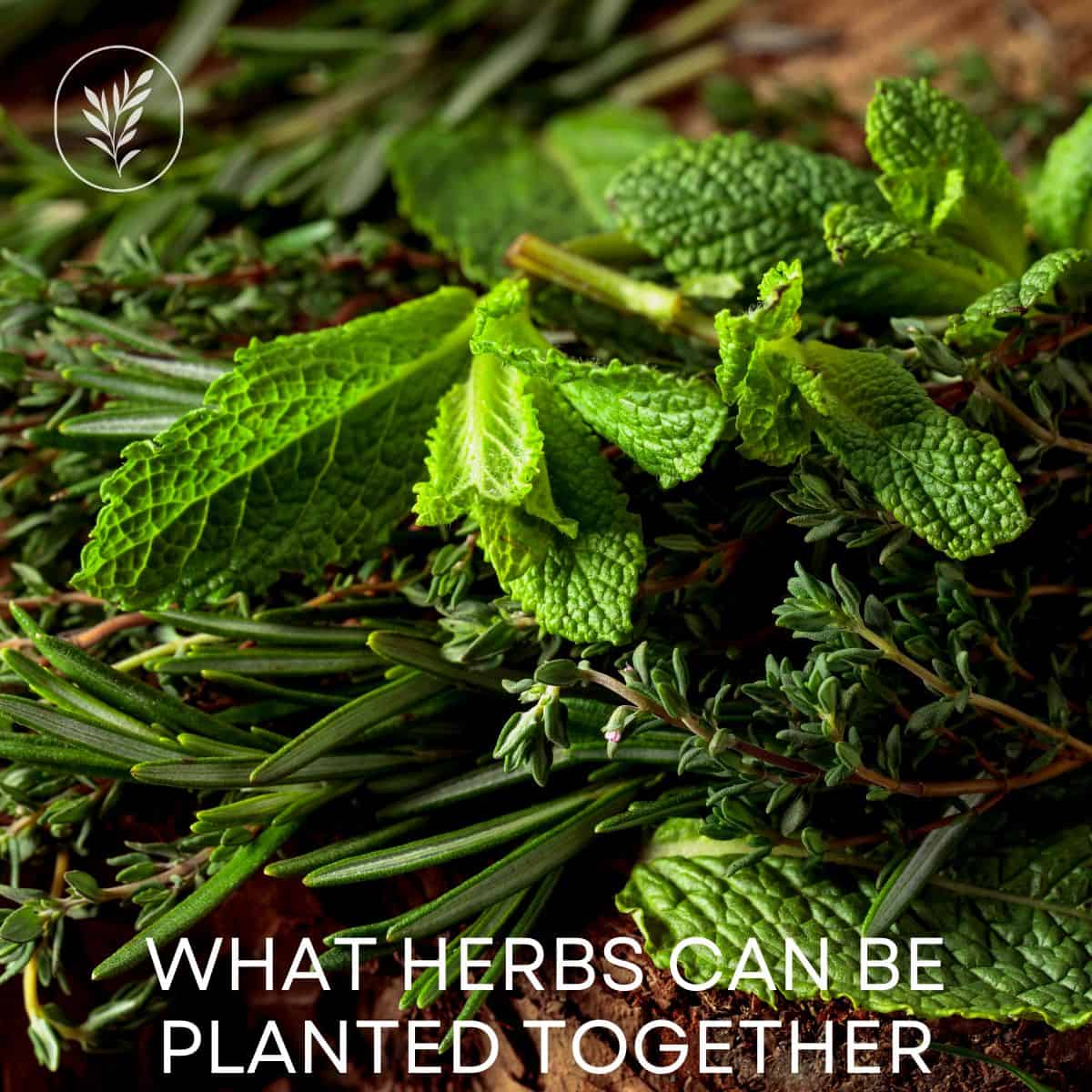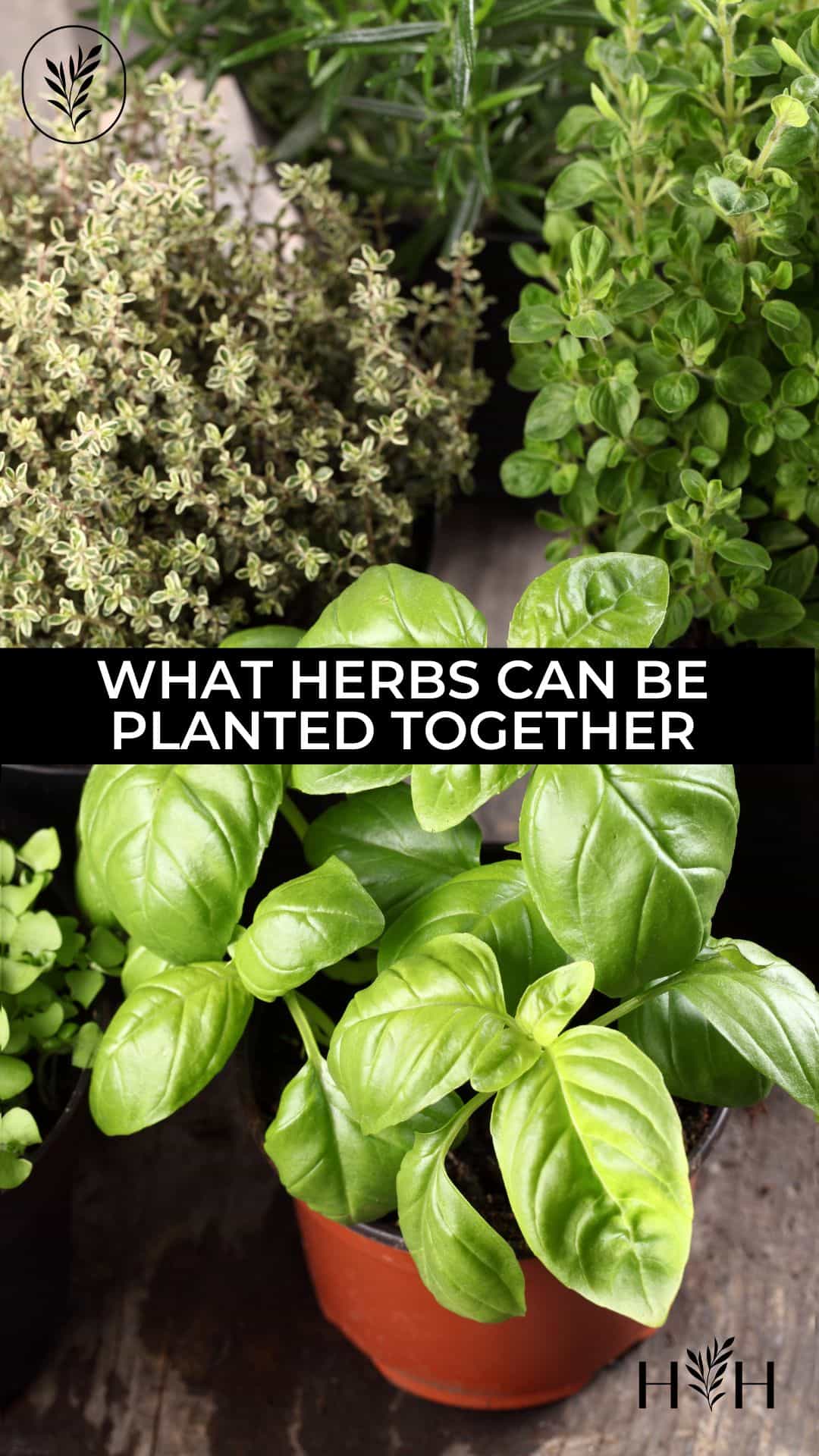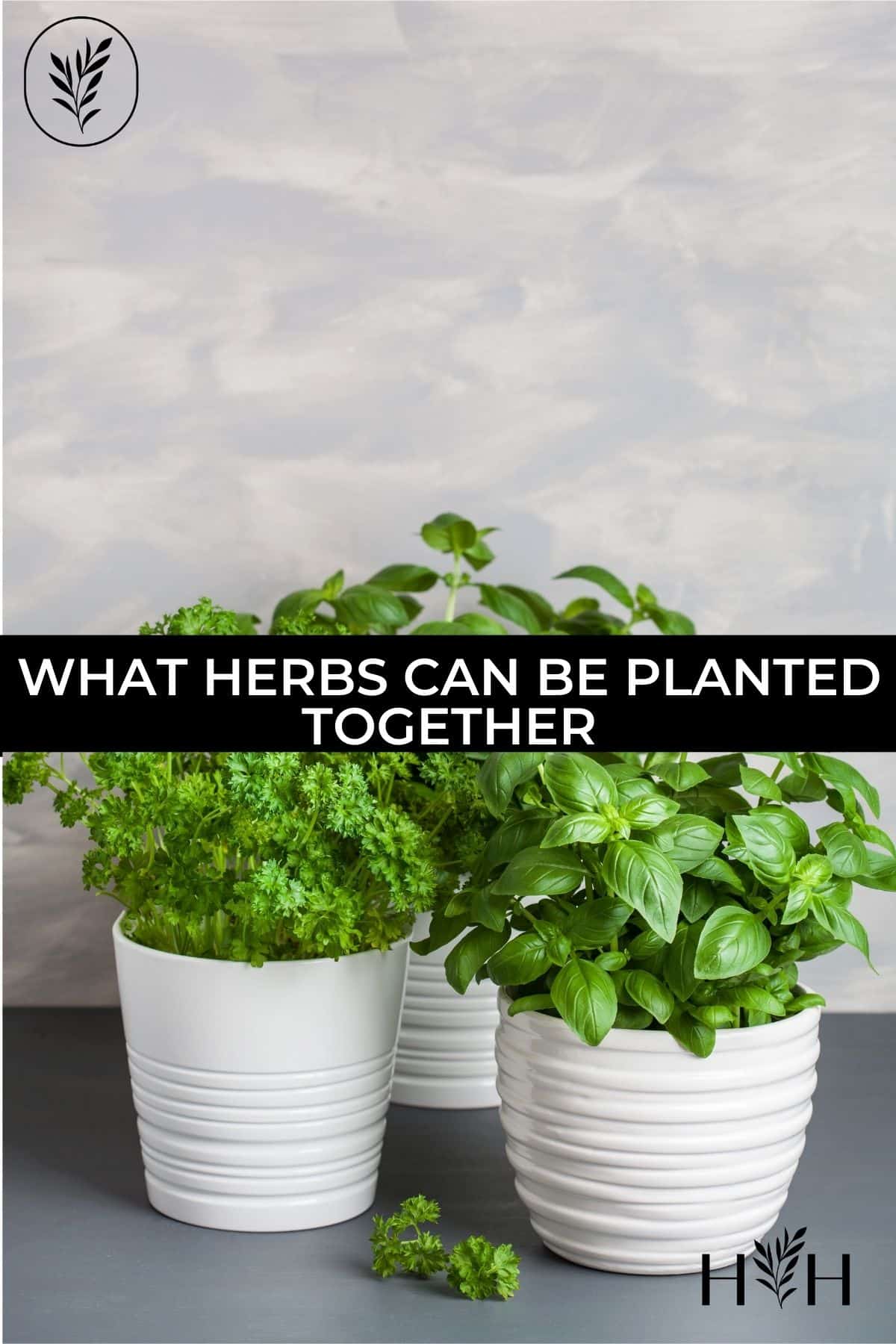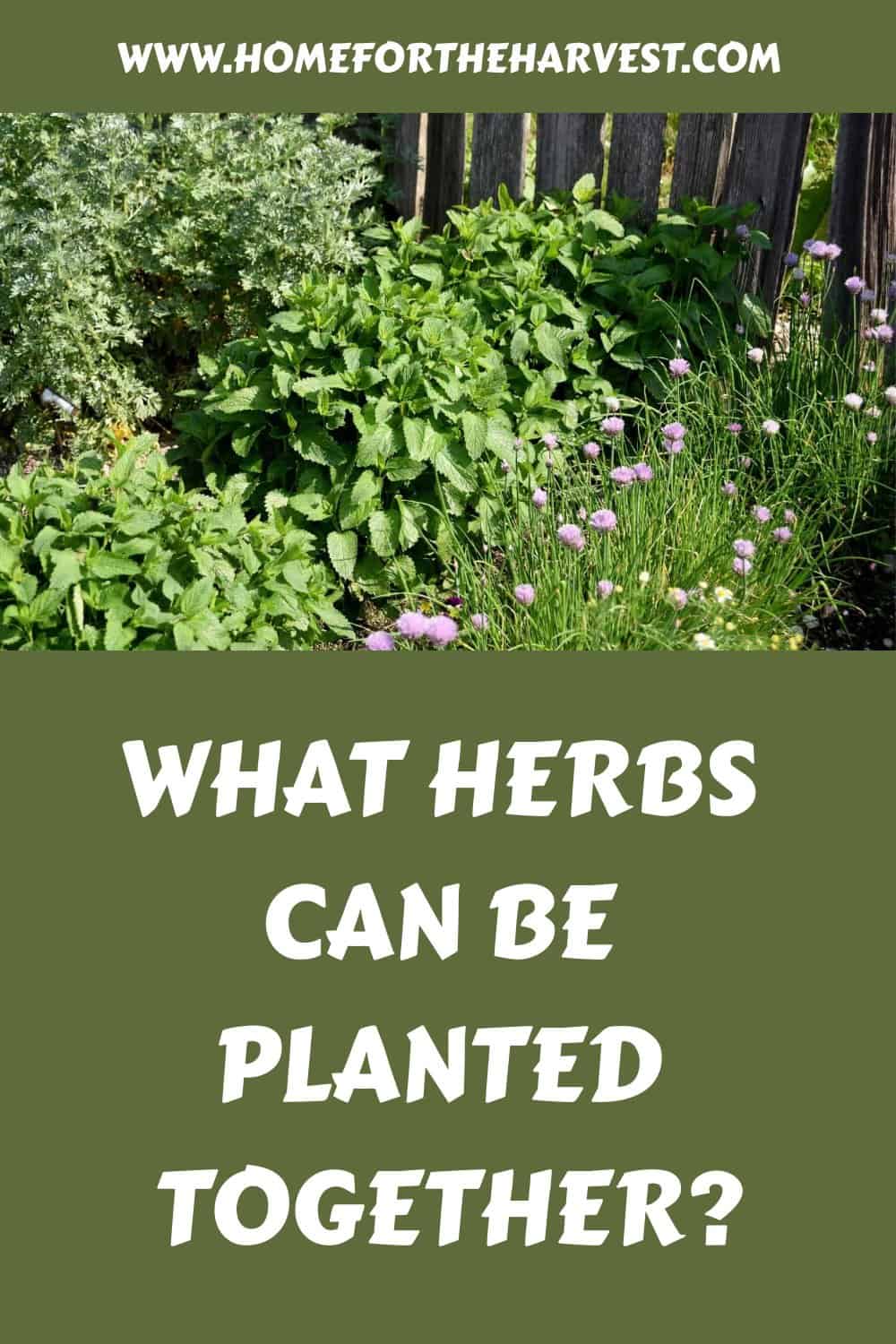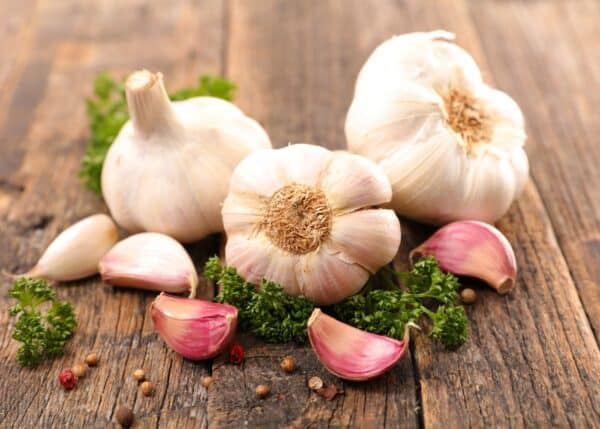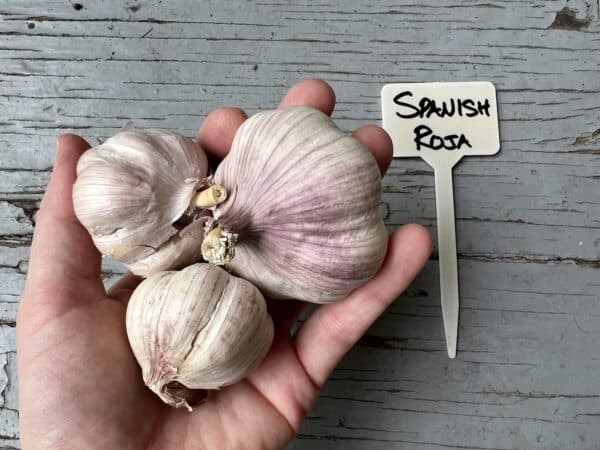Wondering what herbs can be planted together? Companion planting is a common concern among gardeners, especially in herb gardens. While this usually refers to which plants aid each other in growth, good companions also prefer the same growing conditions and may even look visually appealing when planted together.
When it comes to culinary herbs, there are also certain combinations that are good in the kitchen as well as in the garden. These few combinations are certainly not an exhaustive list, but offer some options for those interested in what herbs can be planted together in the garden or in containers.
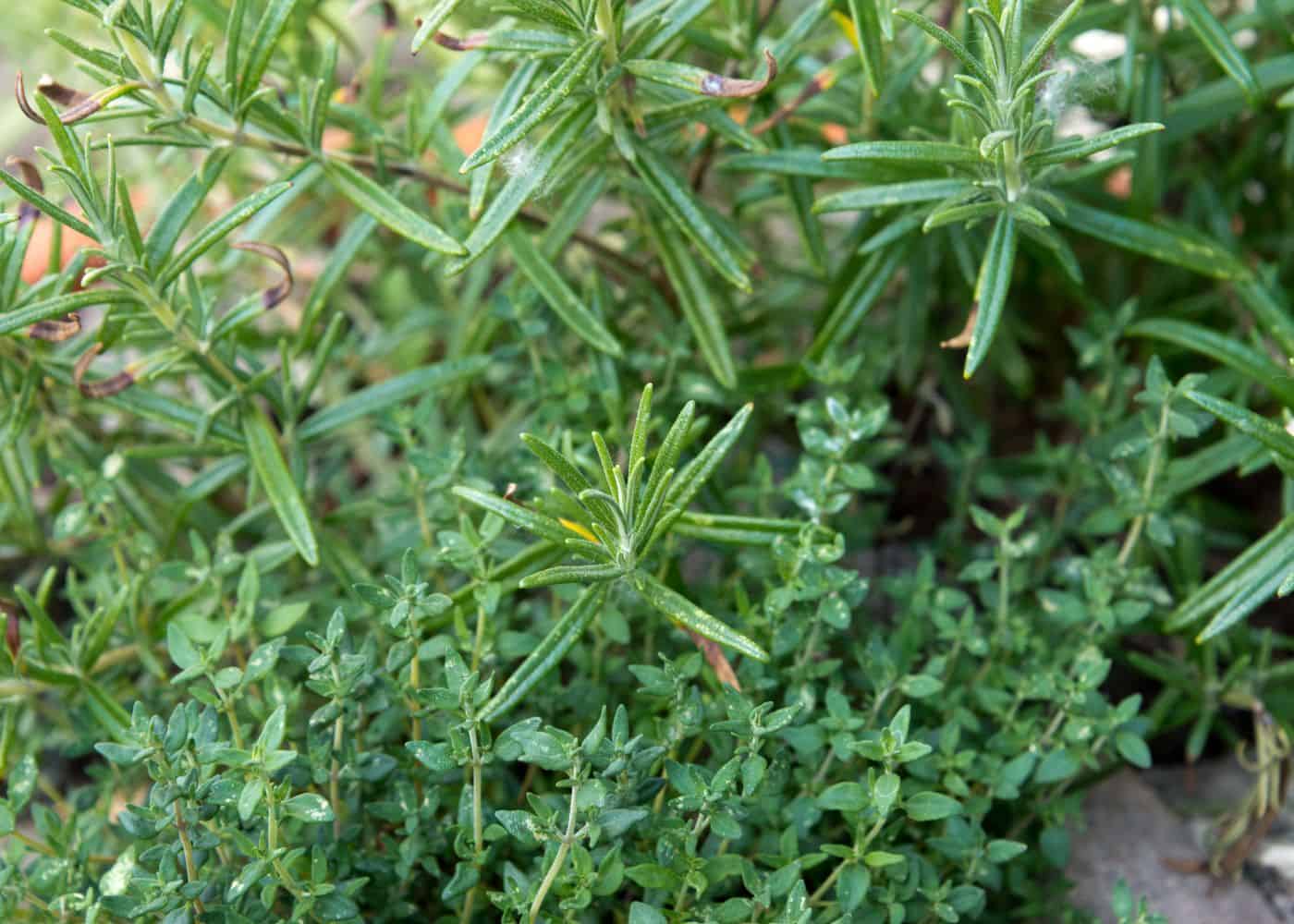
Rosemary and thyme
Rosemary and thyme are a classic combination in both the garden and the kitchen. These Mediterranean herbs have a similar growth habit and love similar growing conditions, making them ideal pairings in the garden or in containers.
Keep in mind that rosemary can grow quite large if given the space, potentially overpowering the thyme. Regular trimming or managing growth by planting containers will make these two plants a perfect match. Plant in well-draining soil and don’t overwater these drought-tolerant plants for the best results.
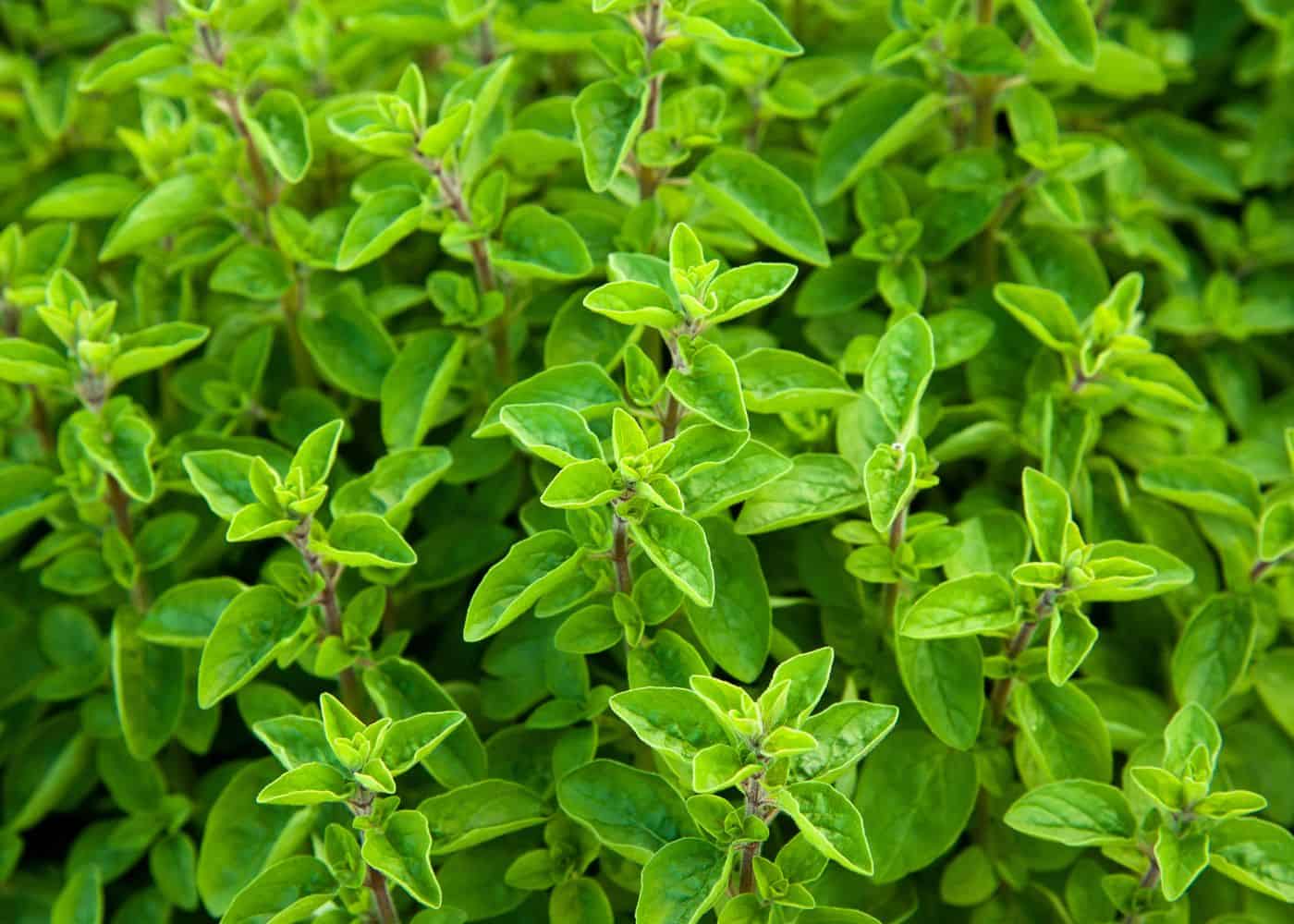
Thyme and marjoram
If you don’t find yourself using rosemary very often, thyme is also a great companion for marjoram. Marjoram is less popular than some of the other common herbs but is incredibly low maintenance in the garden. The lightly citrusy flavor pairs well with thyme, especially lemon thyme.
Marjoram is a great ingredient in the kitchen. Both these herbs pair well with almost any meat dish and are particularly tasty in pizza sauces. They enjoy similar growing conditions and adapt well to different environments.

Basil and parsley
The previous pairings are tough and drought-tolerant plants that don’t require much water and are happy to grow in gritty, nutrient-poor soil. That is not the case for basil and parsley. These two plants make wonderful companions because they need plenty of water and sunshine to thrive, as well as nutrient-rich soil with a loamy texture.
Basil and parsley are also two of the most common herbs to use in the kitchen. Whether you need a garnish for your dish or an earthy pasta sauce, these ingredients are indispensable.
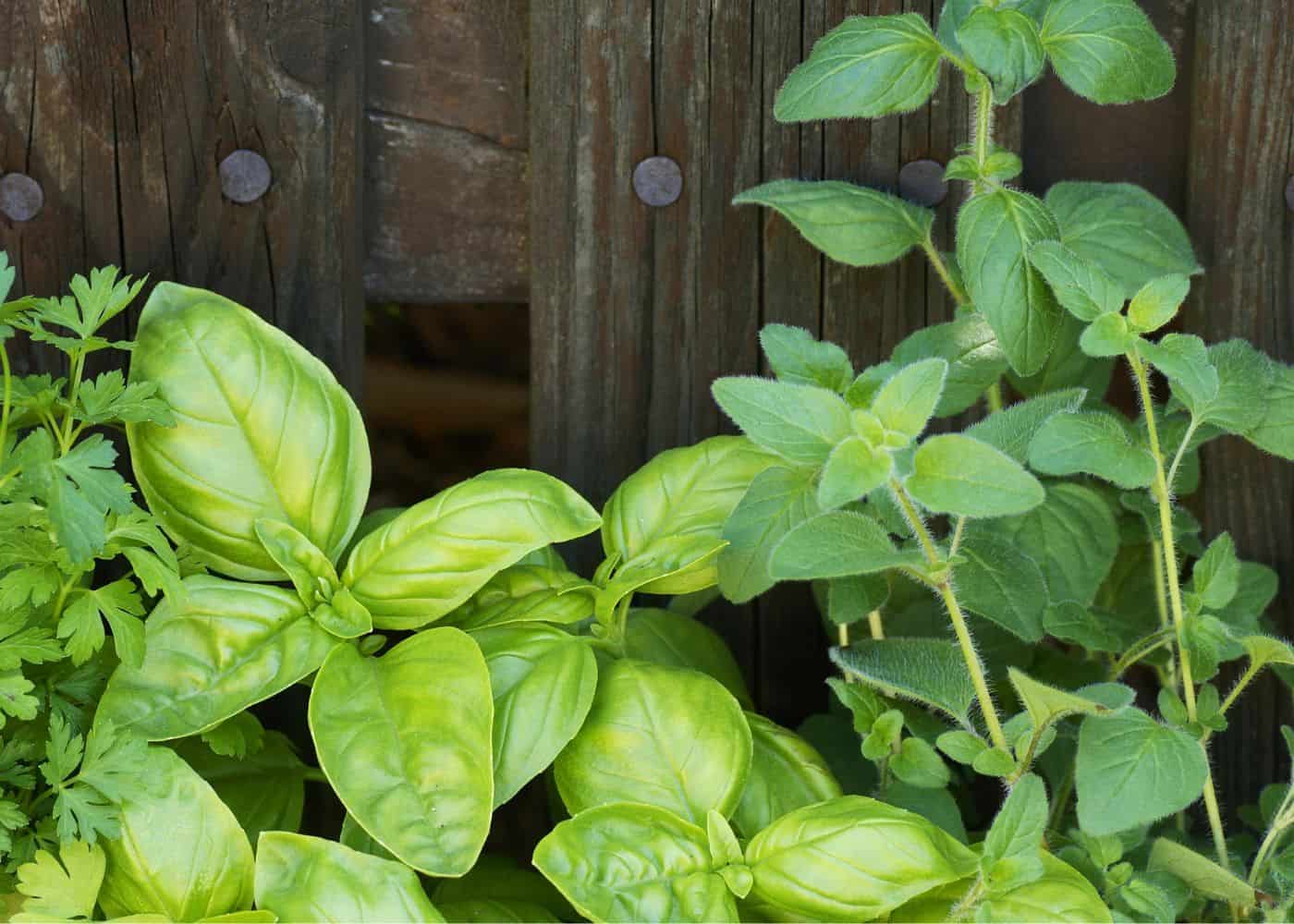
Basil and oregano
When it comes to flavor pairings, you can’t go wrong planting basil and oregano together. A match made in heaven, the sweet and earthy notes from these herbs add a fresh touch to any dish, particularly sauce-based dishes.
Where basil and oregano truly shine is in homemade pizza. With oregano in your pizza sauces and basil sprinkled on top, you don’t need much else for stand-out flavor. You can even plant these veggies in the same container as cherry tomatoes for all the fresh ingredients in one place (as long as the pot is deep enough).

Chives and dill
If the focus of your planting choices is more visual, chives and dill are great options. Chive leaves are structural in their shape but delicate in size, giving them a well-rounded appearance. Pairing this structured look with soft dill foliage makes for a visually interesting look in the garden – especially if your chives begin to flower.
These two plants are also believed to be great companions when it comes to pests and pollinators. Dill is argued to reduce instances of common allium pests, while chives repel common dill pests and draw pollinators with their spherical blooms.
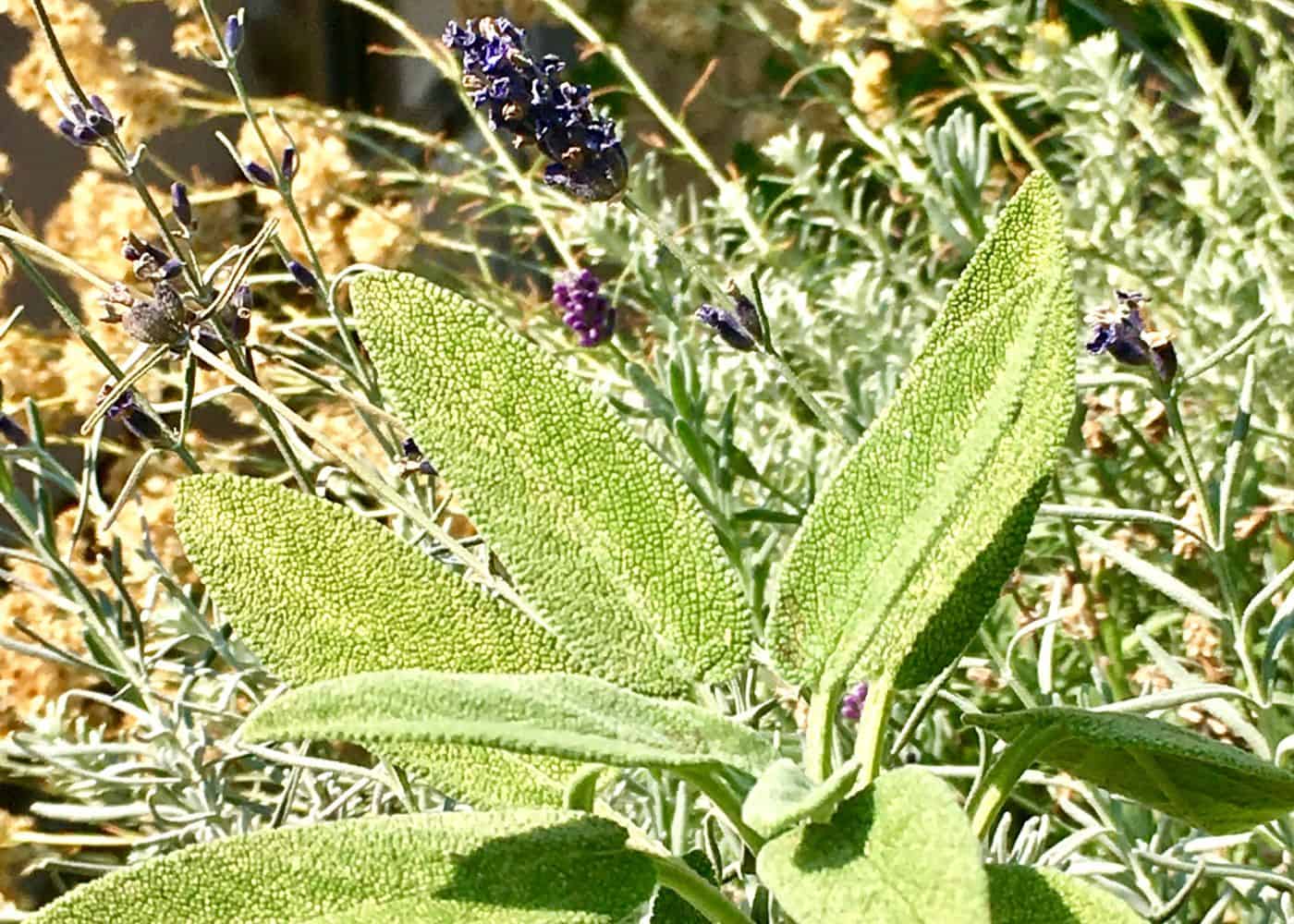
Sage and lavender
Lavender is not always found on herb lists, typically thought of as an ornamental plant first. However, this wonderful plant has plenty of uses in the kitchen and around the rest of your home. It has similar needs to sage, coming from similar environments, making them great pairings in the garden.
Sage and lavender are both large plants that need plenty of space to expand, especially when planted next to each other. They are an excellent visual match, featuring green-gray leaves and spots of color that add that instant Mediterranean feel to your garden.
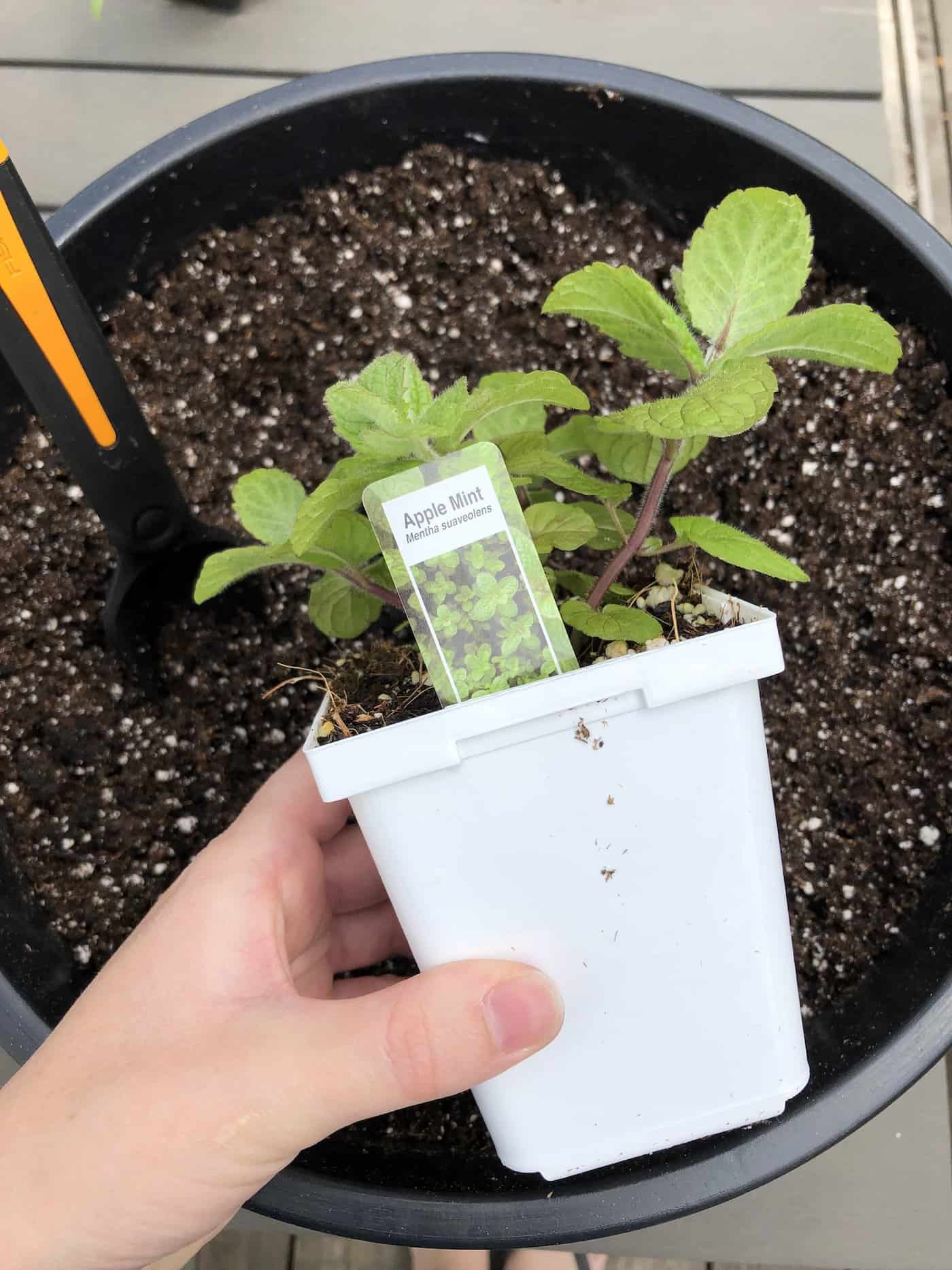
Mint (on its own)
Mint doesn’t have a match on this list because it is one of a very select few plants that should only grow on its own. Mint is an aggressive spreader, quickly taking over beds and containers and smothering other plants. If planted with any other herbs, it will win any competition for resources like water and nutrients, slowly depriving its companion of what it needs to survive.
If you want to pair mint with other plants, you can stop the root system from spreading too aggressively by keeping it confined to a container. Simply bury the container of mint underneath the soil, covering with a light layer to blend in with the rest of your plants. Trim regularly to manage size and quick growth.
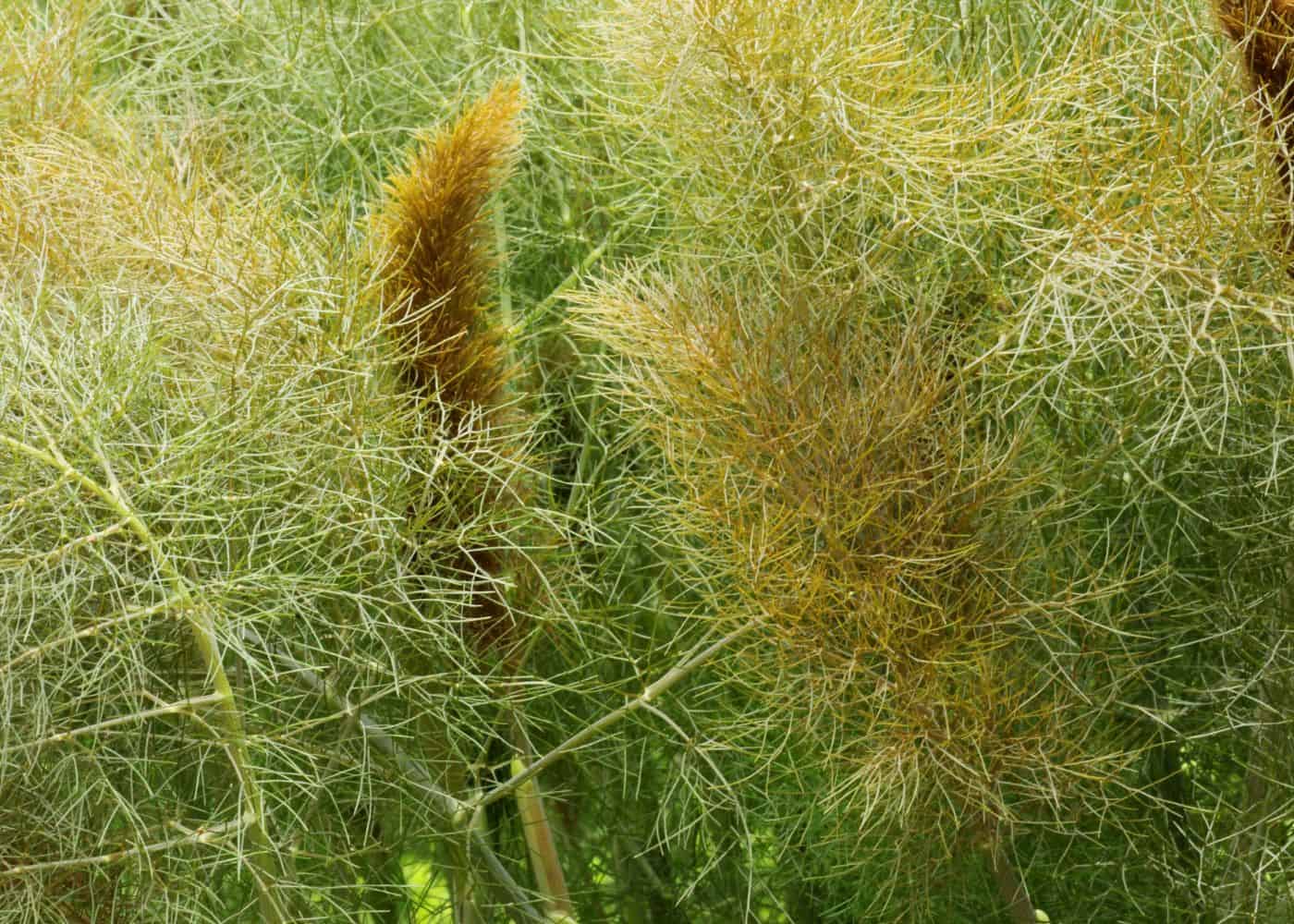
Fennel (on its own)
Fennel is another plant that should be kept on its own, but for a completely different reason. Fennel is believed to be an allelopathic plant that releases chemicals that inhibit the growth of other plants. If you want the rest of your garden to thrive, it’s best to keep this plant separate and in its own container.


